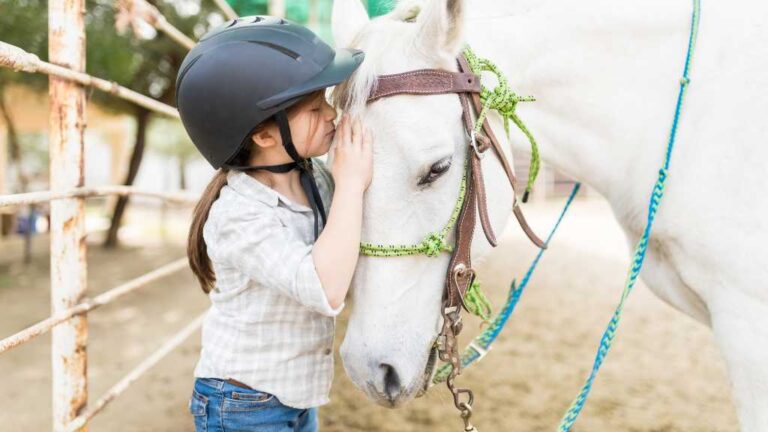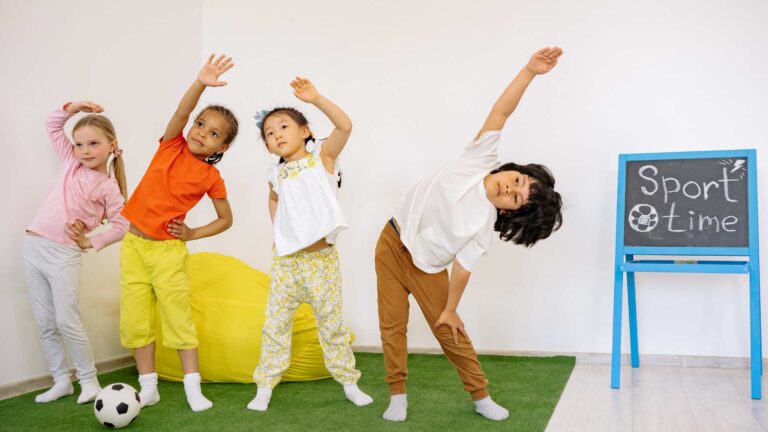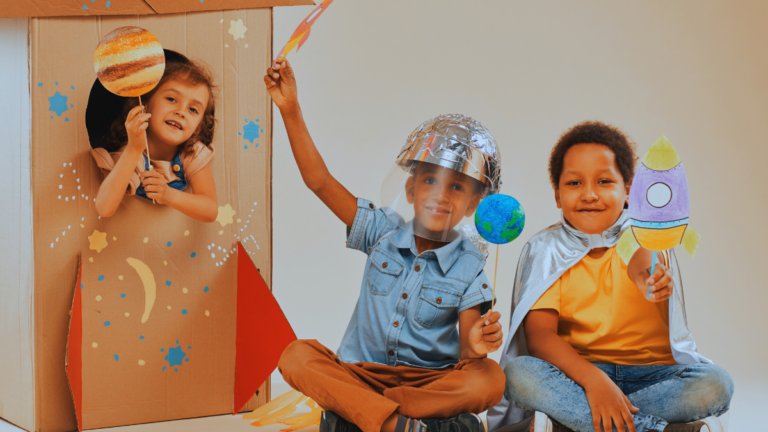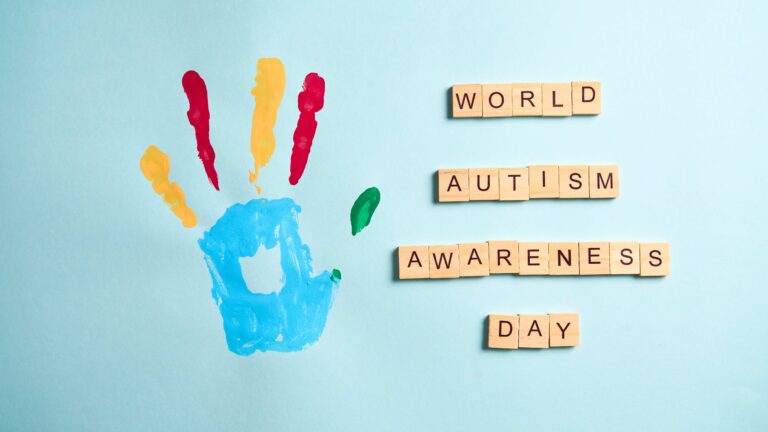Table of Contents
How can animal therapy improve the lives of children with autism?
When a family encounters the challenge of receiving an Autism Spectrum Disorder (ASD) diagnosis, it’s natural for parents and caregivers to explore various therapies and methods that can aid their loved one’s development. Each child with autism owns a unique set of talents and strengths, which can thrive remarkably with the appropriate support.
Among the range of therapeutic options gaining popularity within the neurodiverse community, animal therapy for autism stands out for its significant benefits. But how can animal therapy improve the lives of children with autism? This form of treatment can play a critical role by reducing anxiety and stress, enhancing social interactions, boosting communication skills, and improving physical mobility. It’s a powerful and effective approach that deserves consideration.
In this blog from ABA Centers of Rhode Island, we will explore the intricate relationship between autism and animal therapy, highlight the numerous advantages of this approach, and provide you with a practical guide for selecting the right animal therapy to meet your child’s specific needs.
Understanding Animal Therapy for Autism
Animal therapy for autism is a therapeutic intervention that integrates animals as a core component of the treatment process to enhance an individual’s physical, social, emotional, or cognitive well-being. This approach has gained traction over decades, with numerous associations advocating for its use to optimize patient care, as highlighted in studies such as those found in the National Library of Medicine.
Within the realm of animal-assisted therapy, two primary methodologies stand out: Animal-Assisted Therapy (AAT) and Animal-Assisted Activities (AAA). AAA tends to be more informal, focusing on impromptu pet interactions, whereas AAT involves carefully structured sessions with specific individual goals. These sessions are managed by specialized teams comprising a trained handler and an animal, ensuring each child receives a tailored and practical therapeutic experience.

The scientific community’s growing interest in animal therapy for autism is evident in the increasing volume of research publications, the development of specialized training programs at universities, and the implementation of regulations surrounding this practice. While dogs are the most frequently employed animals in these therapies, other species such as horses, cats, and even dolphins are also utilized, with therapies customized to meet the specific needs and preferences of each child.
Exploring the Connection Between Autism and Animal Therapy
Research from institutions like Penn State highlights the significant benefits of animal therapy for children with autism, primarily stemming from the special bond that can form between the child and the therapy animal. This connection often leads to enhancements in areas like social interaction, communication skills, and emotional regulation, which are typically challenging for those on the autism spectrum. Engaging with animals such as dogs, horses, or even smaller animals like guinea pigs can induce a calming effect, alleviate anxiety, and offer a non-judgmental and accepting companionship, especially valuable for children who might find it difficult to establish connections with their peers.

Animal-assisted therapy sessions are generally structured to naturally and enjoyably foster social skill development. Activities such as giving commands to a dog or grooming a horse require clear communication, a sense of responsibility, and empathy. These interactions also aid children with autism in learning to interpret non-verbal cues and body language, skills that are often challenging to acquire. Through these therapeutic experiences, children with autism can gain increased confidence, decrease behavioral issues, and enjoy an overall enhancement in their quality of life.
The growing focus on animal therapy underscores its potential to deliver meaningful advantages to children with autism, offering an innovative pathway to support their development and improve their overall well-being.
Positive Impacts of Animal Therapy for Autism
- Emotional Support and Stress Reduction:
Imagine having a friend who listens without judgment, offering a comforting presence no matter the situation. That’s what therapy animals bring to children with autism. Their calming nature can ease anxiety, providing a tranquil environment where children feel understood and secure.
- Social Skills Development:
Animals have a unique way of drawing children out of their shells. Interacting with therapy animals, like giving a dog a command or sharing a moment with a horse, encourages children to communicate more freely. These interactions help kids practice social skills in a fun and non-threatening way, paving the path for better communication with others. Plus, caring for an animal fosters empathy and responsibility, enriching their ability to connect with both their peers and adults.
- Sensory Regulation:
Children with autism often face challenges with sensory processing, but animal therapy for autism can help balance these experiences. The tactile feeling of petting a furry friend or the rhythmic movement of riding a horse can provide calming sensory input. This repetitive sensory engagement helps children manage their sensory sensitivities and find comfort in their environment, reducing the instances of sensory overload that can be overwhelming.
- Improvement in Motor Skills:
Getting physically involved with therapy animals can be a fun way to boost motor skills. Horseback riding, for example, helps improve balance, coordination, and strength as children learn to control their movements. Even activities like brushing a pet’s fur or playing fetch can enhance both fine and gross motor skills. These enjoyable experiences not only contribute to physical development but also build confidence as children achieve new skills and milestones.
Animal therapy for autism offers a compassionate and effective way to support children, providing them with the tools they need to thrive and experience the world with greater ease and joy.
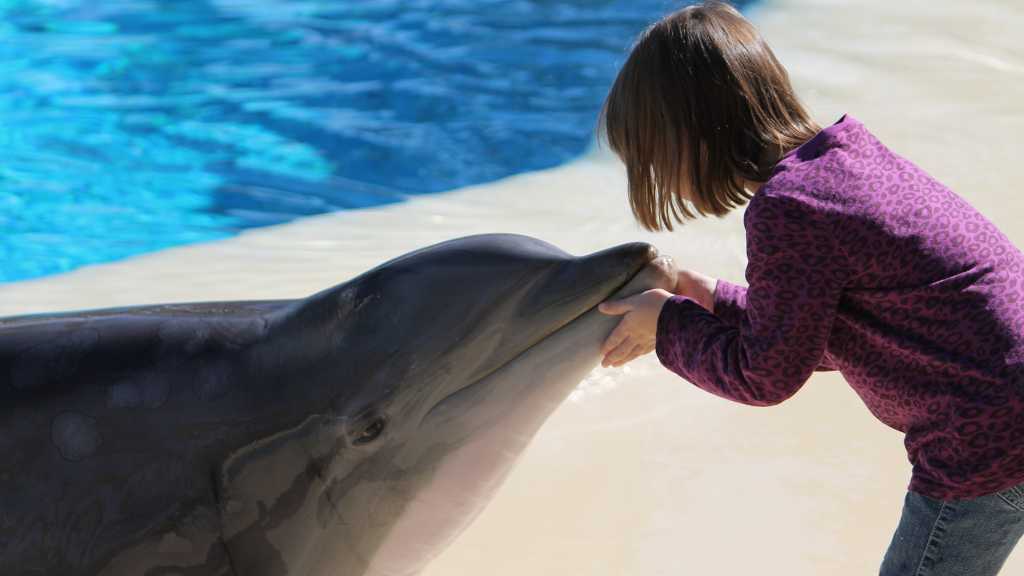
Types of Animal Therapy for Autism
- Equine-Assisted Therapy (Horse Therapy): Working with horses offers unique benefits for children with autism. The rhythmic movement of horseback riding can help improve balance and coordination while caring for such large animals fosters responsibility and empathy. Horses have a calm behavior that can help children feel more relaxed and connected, making the therapy sessions both therapeutic and enjoyable.
- Canine-Assisted Therapy (Dog Therapy): Therapy dogs are excellent companions for children on the spectrum. Their friendly and intuitive nature helps to reduce anxiety and provides a sense of unconditional acceptance. Interacting with dogs encourages children to engage in social activities, enhancing their communication and social skills in a playful and supportive environment. These loyal companions also help in teaching children about empathy and caring for others.
- Aquatic Therapy (Dolphin Therapy): Although less common, dolphins and other aquatic animals participate in animal therapy. The soothing contact with the water and the dolphins’ playful nature can offer sensory enrichment and relaxation. This type of therapy can help improve sensory processing and provide a unique opportunity for engagement and learning in a serene aquatic setting.
Choosing the Right Therapy Animal
Selecting the right therapy animal for your child can be a crucial decision in supporting their developmental needs. Each child is unique, and so are their interactions with animals. Start by observing your child’s preferences and responses to different animals. Some children may be drawn to the gentle nature of dogs, while others might find comfort in the calm presence of horses. Consider your child’s specific needs—whether they require emotional support, social skill enhancement, or sensory regulation—and choose an animal that aligns with these goals.
It’s equally important to ensure that the therapy animal is certified and the handler is a trained professional. Certified therapy animals receive special training to provide therapeutic benefits and ensure safety during interactions. Professionals can tailor sessions to suit your child’s needs, offering structured activities that promote growth and learning. Working with certified animals and professionals not only maximizes the therapeutic benefits but also ensures a safe and positive experience for your child.

Autism Speaks recommends using accredited agencies, such as those listed on the Assistance Dogs International website, to ensure the therapy animal is well-suited and certified.
Enhancing Animal-Assisted Interventions with ABA Therapy
Applied Behavior Analysis (ABA) is a well-established therapeutic approach that addresses the unique needs of individuals on the autism spectrum by enhancing social, communication, and adaptive skills. When combined with animal-assisted interventions, this approach becomes even more powerful. The integration of autism and animal therapy into ABA therapy creates a nurturing environment that bolsters emotional bonds and fosters emotional regulation, making therapy sessions more engaging and effective.
Strategically blending ABA sessions and animal therapy for autism not only enriches the therapeutic experience but also tailors interventions to meet the diverse needs of each individual with autism. The holistic integration of ABA therapy and animal-assisted interventions is pivotal in ensuring sustainable progress, providing a comprehensive and personalized pathway for development throughout the therapeutic journey.
ABA Centers of Rhode Island and Autism Therapy
At ABA Centers of Rhode Island, we recognize the importance of comprehensive, personalized approaches in effectively supporting individuals on the autism spectrum. Tailoring therapies to meet each individual’s needs and ensuring comfort significantly enhances the benefits. Combining ABA therapy with animal therapy for autism offers a compelling approach, providing holistic treatment that addresses multiple developmental aspects for children with autism.
This dynamic synergy facilitates improvements in essential areas such as emotional connections, sensory processing, communication, social interaction, motor skills, and emotional regulation. By integrating these therapeutic methods, we enhance children’s abilities and contribute to a higher quality of life.
ABA Centers of Rhode Island offers a diverse range of specialized autism care services aimed at fostering each child’s holistic development. Contact us at (855) 922-4184 or online to discover how we can help improve your loved one’s life.

